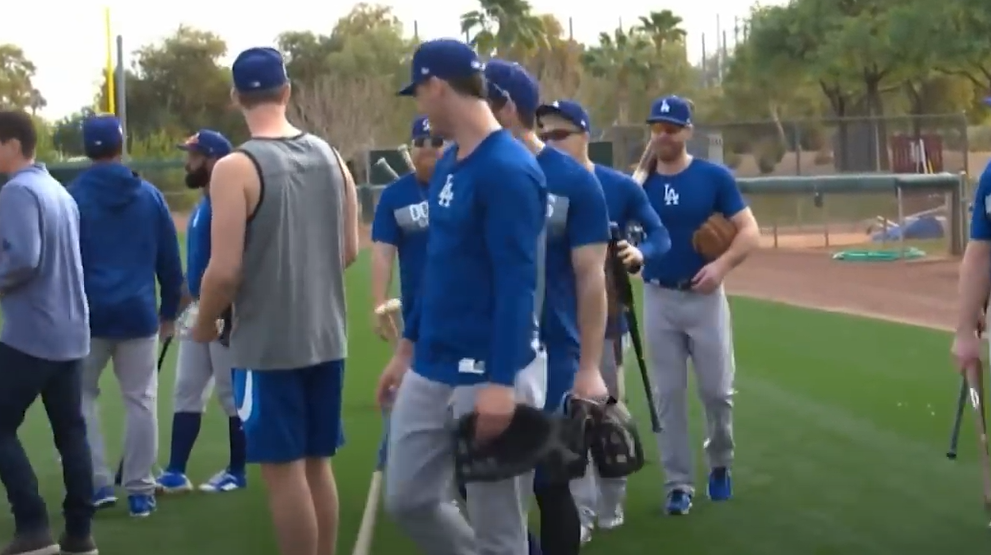Baseball’s financial rhythm has sped up significantly in recent seasons, driving contract values to remarkably lofty heights. Teams are spending astronomical amounts to acquire their superstars, and the numbers now more closely resemble business mergers than sports contracts. What started out as a dispute over batting averages and home runs has turned into a financial dare contest.
Juan Soto’s $765 million, 15-year contract with the New York Mets is a generational commitment rather than merely an extension. Market gravity was redefined by Shohei Ohtani’s 10-year, $700 million contract with the Dodgers, and Toronto’s faith in youth was solidified by Vladimir Guerrero Jr.’s 14-year, $500 million deal. These agreements are especially creative because they unite business strategy and talent into a single, cohesive story, guaranteeing that a franchise’s identity centers on its star.
These days, franchises are able to operate with remarkable financial agility by leveraging growth in sponsorship, sports betting, and broadcast revenues. Player investments are now being viewed more as assets than expenses, as they are incredibly powerful marketing tools that increase brand awareness, ticket sales, and merchandise sales. Even though each contract is enormous, it serves as a multifaceted instrument that shapes a team’s competitive future and public image over the following ten years.
MLB Contract Innovation Overview – 2025
| Category | Details |
|---|---|
| Featured Players | Juan Soto, Shohei Ohtani, Vladimir Guerrero Jr. |
| Record Deal | Juan Soto – 15 years, $765 million (New York Mets) |
| Other Landmark Deals | Ohtani – 10 years, $700 million (Dodgers); Guerrero Jr. – 14 years, $500 million (Blue Jays) |
| Key Agents | Scott Boras, Nez Balelo |
| Team Strategies | Securing franchise players long-term to stabilize future competitiveness |
| Economic Impact | Redefining salary structures, free-agent dynamics, and franchise valuations |
| Market Influence | Significant ripple effect across MLB payrolls and arbitration systems |
| Primary Concern | Balancing performance consistency and contract longevity |
| Social Context | Reflects broader conversations on worker value, loyalty, and financial risk |
| Reference | ESPN – The Winter of the Epic Contract |

These commitments have a very effective but deceptively straightforward strategy. Under the luxury tax structure, teams can drastically lower their yearly tax burden by extending contracts over a number of years. Shohei Ohtani’s contract, for instance, has deferred payments that reduce its annual financial burden and give roster construction flexibility. Despite its financial complexity, this system’s goal is very clear: it enables clubs to sign long-term stars without going bankrupt right away.
These large-scale agreements, however, have unpredicted repercussions. According to a University of Michigan study, athletes with long-term contracts frequently display “shirking” tendencies, which are quantifiable declines in performance after job security is guaranteed. According to the report, players with long guaranteed contracts saw an average yearly decline in value of $9 million. It’s a contentious discovery that calls into question human psychology, motivation, and the delicate balance between hunger and security.
The counterargument, however, is just as strong. Stability encourages creativity in many athletes. Players can train freely, concentrate mentally, and strive for excellence without interruptions when financial uncertainty is removed. That belief is demonstrated by Shohei Ohtani’s unwavering consistency and disciplined work ethic, even after signing the biggest contract in sports. Since joining the Dodgers, his performance has significantly improved, demonstrating that sustained faith can produce remarkable outcomes.
Agents like Scott Boras have benefited greatly from this change in the economy and are now responsible for creating baseball’s current financial structure. Boras has secured more than $15 billion in contracts through careful negotiating and compelling narratives. He approaches every transaction as though it were a luxury brand campaign, tying performance indicators to compelling stories of loyalty, leadership, and legacy. Because it turns an athlete’s career into a dynamic portfolio of cultural influence, his method is especially novel.
These numbers have also increased significantly due to the “Cohen Effect,” which is named after Mets owner Steve Cohen. The definition of ambition in professional ownership has been redefined by Cohen’s extravagant spending habits. His approach to payroll has upended the league’s conventional financial hierarchy by viewing it as an investment vehicle rather than a limitation. Even though it is risky, his approach has been incredibly successful in boosting fan bases and competitive standards. As a result of his success, other owners are now vying for his audacity.
These megadeals have an effect on marketing and morale on the field. Superstars have become brand icons for teams like the Dodgers, Padres, and Phillies. Supporters are now emotionally investing in players whose contracts promise years of familiarity rather than just supporting their teams. This consistency fosters loyalty, which is an invaluable quality in the dispersed sports industry. Franchises are fostering fan relationships that transcend generations by tying celebrities like Soto or Ohtani to the city’s identity.
This has a cultural undertone as well, reflecting larger social trends. These agreements represent empowerment and a growing trend in the way people bargain for their worth. Athletes are seeking flexibility and security in their career structures on a larger scale, much like modern workers do. In the new baseball economy, talent is not only used but is strategically positioned as equity, reflecting a global trend toward self-determination.
However, not everyone is happy about this change. These massive agreements, according to critics, diminish parity among smaller-market teams and inflate payroll disparities. They perceive it as a possible imbalance in which opportunity is determined by wealth. However, some argue that innovation always begins with disruption, which is exactly how progress is made. They contend that competition and success naturally rebalance over time.
In the end, how well teams handle these contracts’ final years will determine how long they can be maintained. From Miguel Cabrera’s diminished returns to Albert Pujols’ late-career struggles, history has lessons to teach us. However, teams’ ability to predict performance decay has significantly improved thanks to technology and data analytics. The modern 35-year-old athlete is far more resilient and fit than his predecessors thanks to improved recovery techniques, improved nutrition, and AI-driven player tracking, which have extended athletic peaks considerably.
